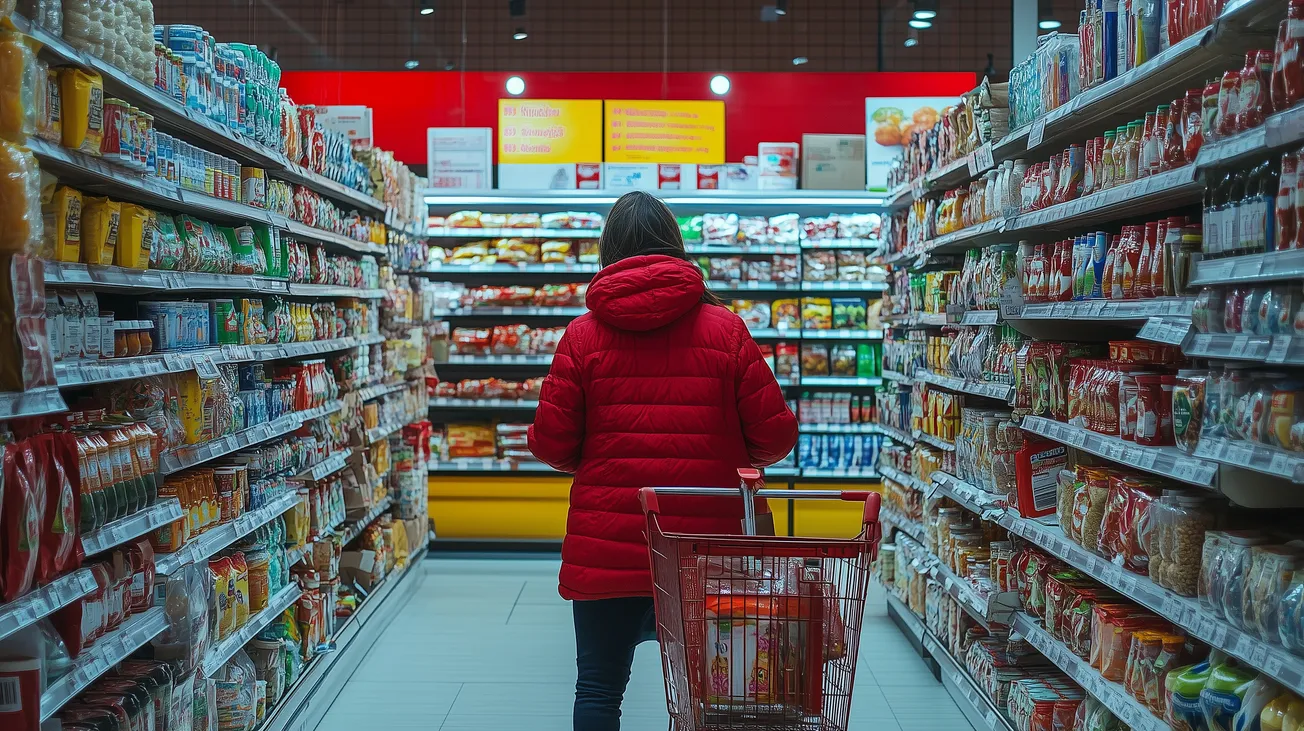In response to increasing retail theft and shoplifting, some stores like Target in certain cities have started locking up everyday items like toothpaste and deodorant behind glass doors. This measure requires customers to find a store worker to unlock the case to purchase an item, adding an extra step to the shopping process. While Target's CEO Brian Cornell claims that customers appreciate being able to find their desired brands in stock, there is no data supporting the notion that customers favor the inconvenience of locked cases. This strategy, aimed at reducing theft, introduces a significant change in the shopping experience, raising questions about its effectiveness and impact on sales and customer trust.
- Reduced Sales Due to Added Friction: Implementing locked cases in retail stores inevitably adds friction to the shopping experience, making it more difficult for customers to make purchases. This added inconvenience can lead to a reduction in sales, estimated to be as high as 15 to 25%.
- Impact on Brand Engagement: Locked cases pose a barrier for customers who wish to compare brands, read labels, or experience the product before buying. This is particularly detrimental to new brands and products, which rely on customer engagement and product exploration.
- Erosion of Customer Trust: While locked cases are intended to deter theft, they also convey a message of distrust towards customers. This low-trust shopping environment can negatively impact the overall customer experience and relationship with the retailer.
- Theft as a Persistent Issue: Retail theft is a growing problem, with losses due to theft reaching $112 billion last year. Target alone expects to lose $500 million this year due to inventory shrinkage, mostly from theft, leading to the closure of several stores.
- Seeking Alternative Theft Prevention Methods: The use of locked cases suggests an inability to secure stores effectively against theft. Retailers might need to explore other theft prevention methods, such as security tags, limited entry/exit points, visible surveillance cameras, and collaboration with law enforcement, to create a more customer-friendly shopping environment.
In conclusion, while locked cases in retail stores are a response to the increasing problem of shoplifting and theft, they introduce significant challenges. These include a reduction in sales due to added friction, a negative impact on brand engagement, erosion of customer trust, and the implication of inadequate store security. Retailers need to balance theft prevention with maintaining a positive customer experience, exploring alternative methods that deter theft without compromising the ease and enjoyment of shopping. As the retail landscape continues to evolve, finding effective and customer-friendly solutions to these challenges will be crucial for the success and sustainability of retail businesses.
Read the Full Article Here
Stay up to date on the latest Omnichannel news by Subscribing to Our Newsletter









